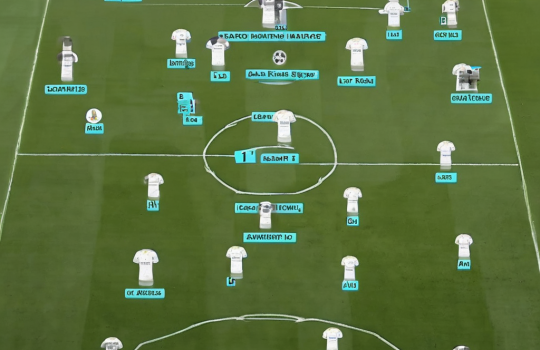Champions League Format Explained: Key Changes and How It Impacts Your Team
The UEFA Champions League, the pinnacle of European club football, underwent significant format changes last season. With the second season of the new structure underway, it’s crucial to understand how these adjustments affect participating teams and the overall competition. Forget the traditional group stage; we’re in the era of the “League Phase.”
Ditching the Group Stage: A League Phase Takes Center Stage
The most prominent change is the elimination of the traditional group stage. Instead of eight groups of four teams, we now have a single league table featuring all 36 participating clubs. This shift dramatically alters the dynamic of the initial stages.
How Does the League Phase Work?
Each team will play eight matches in the league phase, four at home and four away. Crucially, they will face eight different opponents. This provides a broader range of matchups and reduces the chances of repetitive fixtures. The selection of these opponents is determined by seeding pots, aiming to ensure a balanced level of competition for each team. The specific criteria for these seeding pots and how opponents are drawn contribute significantly to the perceived fairness and competitiveness of the tournament.
Knockout Stage Qualification: A Battle for Top Spots
After all eight matches are played, the top eight teams in the league table automatically qualify for the Round of 16. This ensures that the most consistent performers progress directly. But the journey doesn’t end there for those outside the top eight.
Play-off Round: A Second Chance for Glory
Teams finishing in 9th to 24th place enter a two-legged play-off round to determine the remaining eight spots in the Round of 16. This provides a second chance for teams that may have had a slow start or faced tough opponents during the league phase. The teams ranked 9th-16th are seeded and drawn against teams ranked 17th-24th, with the higher-ranked team enjoying the advantage of playing the second leg at home.
Implications for Teams and Fans
The new format has several implications. Firstly, it increases the number of matches, providing more opportunities for revenue and exposure for participating clubs. Secondly, it potentially reduces the predictability of the early stages, as teams face a wider variety of opponents. Finally, it adds an extra layer of excitement and intrigue with the introduction of the play-off round.
For fans, it means more Champions League football and a greater chance to see their team compete against different European giants. However, it also means understanding a more complex system and potentially increased travel costs to follow their team across the continent.
Beyond the League Phase
Once the Round of 16 lineup is set, the competition reverts to the familiar two-legged knockout format, culminating in the final where the ultimate champion is crowned.
Understanding these changes is vital for any football fan wanting to fully appreciate the Champions League. So, buckle up and get ready for another exciting season under the new format!












